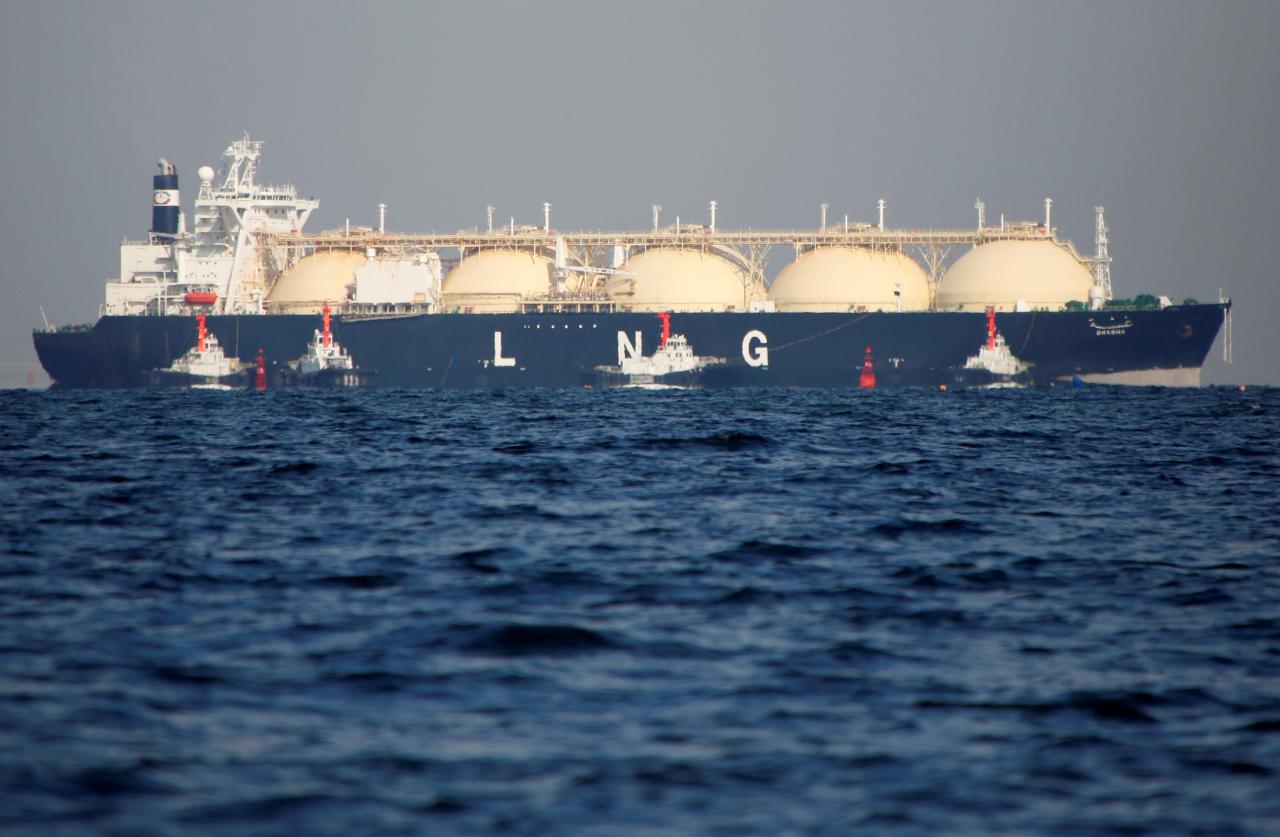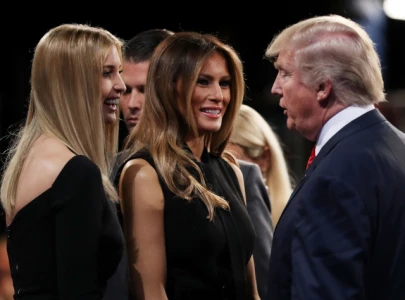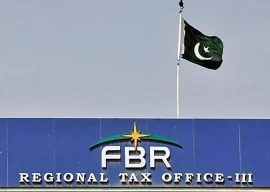
At present, there are no imports of furnace oil. Only domestic oil refineries are producing furnace oil due to their product programme compulsion.
Local gas resources are going down. Gas shortages have been there in the winter and another LNG-based power plant is to be inaugurated soon, which will increase LNG demand.
Two LNG terminals are working, although only one terminal is utilised fully, receiving six cargoes per month and the other is handling only 50%, receiving an average of three cargoes a month.
There is talk of more LNG terminals, interestingly, in the private sector on ‘take and pay’ basis or for captive uses by the consuming sectors such as CNG, fertiliser and K-Electric, which can join hands to have their own terminal under a consortium arrangement. The market has to be broadened and deepened with more independent actors than government monopolies.
Fortunately, an about-turn has happened. Earlier, PM Imran Khan went to Qatar for more LNG purchase and on better credit terms. Recently, a follow-up mission visited Qatar to negotiate for another 200 mmcfd of LNG.
It is obvious there have to be new and lower prices at least equal to the price quoted by commodity trading company Gunvor. Ideally speaking, there should have been open bidding, but due to poor financial conditions in the country, negotiated contracting is being resorted to. There are enough numbers at hand around which reasonable prices can be negotiated.
Pakistan LNG floated tenders recently for spot purchases – five cargoes for March and April. Reportedly, no decision has been taken yet. However, interesting developments took place recently in the LNG spot market in Asia.
Spot prices in Asia came down to its lowest in the past eight months at $8.5 per million British thermal units (mmbtu) in February 2019. In Pakistan, the February spot procurement prices were $9.06 and $9.6718 per mmbtu.
There are three long-term LNG contracts in place in Pakistan - one with RasGas of Qatar, second with Guvnor of Switzerland and third with Eni of Italy. LNG has also been bought in the spot market through open tendering.
Pakistan’s LNG spot procurement experience has not been profitable. Spot procurement prices have been higher at 15-16% of Brent crude as opposed to Guvnor’s long-term contract price of 11.42%.
In the Japanese market, LNG spot prices have been lower than the long-term contract prices over the past three years. Pakistan’s spot purchases in 2018 had been at higher prices than Japan’s spot rates, which are traditionally the highest in the market. All spot purchases have been the result of open tenders and thus no misgivings should arise.
One may have to review the reasons as reportedly the participation in tenders has not been as much as required or expected. Otherwise, the popular expectation that spot purchases may lead to better prices does not seem to hold. Perhaps, competition works better in larger and credible markets; another reason being policy continuity and keeping politics out of economic domain. It is even more significant to study the recent LNG spot prices, which have been quoted at half of Brent crude as against a generally accepted ratio of 0.8. It would be interesting to quote from a recent ICIS report.
It says, “Global LNG prices were increasingly competitive against oil. At the end of 2018, gas and oil briefly reached price parity at around $9 per mmbtu, but since then oil has been on an uptrend with gas steadily falling. Brent crude oil averaged around $11.478 per mmbtu over the last four weeks, almost double the spot LNG levels. If gas can maintain a wide spread to oil, it could open up new demand markets, displacing the more expensive oil, including in countries such as India.”
Privatisation
It is very difficult in the public sector to be smart and efficient; the two qualities which are punished more than rewarded. Spot purchasing requires market contacts, dynamism and, quick and spur-of-the-moment decision to benefit from deals and opportunities that keep emerging in the market. Only private sector can do that. Privatisation is, therefore, the keyword in policy circles these days - national and international.
However, one is not motivated by spot markets solely due to lower price expectations and demand-supply variation is also a major reason to opt for spot purchases.
The alternative of long-term contract can be very expensive under ‘take or pay’ clauses, if demand does not come as per plan. We have earlier pointed out the need for setting up gas storage facilities to deal with the problem. Gas storage has been discussed in official circles and a study had been done earlier. Lately announcements have been made. It is suggested that faster action be taken in this respect.
In a regulated and controlled market largely governed by the government, it should not be very difficult to make dependable forecasts and avoid unnecessary extras in spot contracts. Procurement plans and projections do not come out to be true exactly.
In view of the experience with spot procurements, there appears to be a case for preference for long-term contracts, but based on open tendering, although spot purchases cannot be totally eliminated. Also spot contracts are more amenable to private sector, which can manage to have better deals through its quick decision-making and independence.
We are passing through a current account deficit crisis caused by more imports and lesser exports. We have to rely on locally produced energy resources, more and more. Having said that, there is no substitute for gas, be it fertiliser, domestic sector, industry or CNG.
Local gas production efforts must be redoubled. Also fertiliser production on Thar coal gasification may have to be re-examined afresh and more seriously, now that reference gas prices increasingly being influenced by imported LNG prices are approaching much higher levels.
LNG is expensive and will remain expensive due to additional processing costs and transportation. There is no need or market of LNG in the US due to over-production of shale gas there and in Europe a highly competitive gas market keeps LNG prices lower than those in Asia.
Asia is far spread out and Europe is relatively compact and closely tied area generating effective market infrastructure. However, in addition to Southeast Asia, South Asia has the gas market potential due to contiguity and large market.
Already, for example, Russia’s Gazprom is studying bringing an under-sea gas pipeline to Pakistan, which can be extended and there is Iran and projects like Tapi. Prices can come down in such a large market as these have in Europe. Large demand, many actors, regional nearby resources and diversity; all the required elements are there to work for us.
The writer is former member energy of the Planning Commission
Published in The Express Tribune, April 8th, 2019.
Like Business on Facebook, follow @TribuneBiz on Twitter to stay informed and join in the conversation.

1726117332-0/Megan-Thee-Stallion-(1)1726117332-0-165x106.webp)








1730379446-0/WhatsApp-Image-2024-10-31-at-17-56-13-(1)1730379446-0-270x192.webp)












COMMENTS
Comments are moderated and generally will be posted if they are on-topic and not abusive.
For more information, please see our Comments FAQ